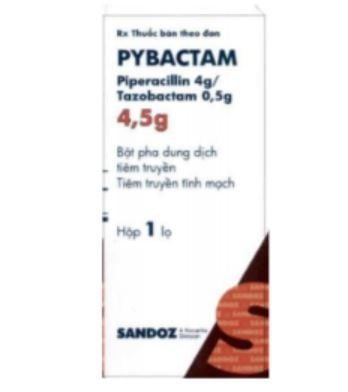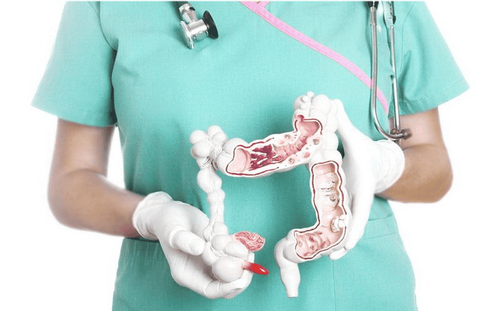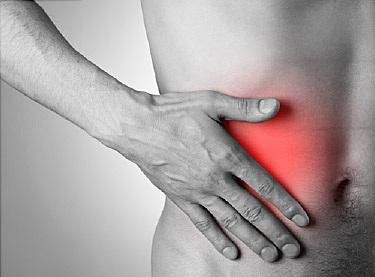This is an automatically translated article.
The article is expertly consulted by Master, Doctor Hoang Van Lan Duc - Doctor of Radiology - Department of Diagnostic Imaging and Nuclear Medicine - Vinmec Times City International General Hospital. The doctor has more than 10 years of experience in the field of imaging, especially in diagnosing with emergency internal, surgical, abdominal, thoracic, musculoskeletal, neurological and thyroid, breast, ...Ultrasonography of the appendix is one of the techniques used to diagnose and detect appendicitis. Indications for appendicitis ultrasound for cases with clinical symptoms of appendicitis.
1. What is appendicitis? The cause to the illness
In the human body, in the digestive system, the appendix is a small, small intestine attached to the cecum, a few centimeters long. The appendix is located in the lower right abdomen, at the junction of the small and large intestines.Currently, the function and effect of the appendix are not clearly defined, however, when the appendix is inflamed, it will cause the patient to have some symptoms such as abdominal pain, fever. abscess, peritonitis, and possibly death.
Appendicitis is a blockage in the lumen of the appendix, bacteria are facilitated to grow quickly, causing the appendix to become inflamed, swollen, and even pus. If appendicitis is not treated promptly, it can lead to ruptured appendix, abscess, peritonitis, and even death.
The cause of appendicitis was determined to be foreign bodies, fecal stones, ... causing obstruction in the appendix lumen.
2. In which case is an ultrasound of the appendix indicated?
Indications for appendicitis ultrasound in the presence of clinical symptoms of appendicitis such as:Pain in the right lower abdomen (also known as the right iliac fossa). The pain may begin around the navel first, then gradually spread to the right lower abdomen, constant, dull pain with increasing intensity. There may be vomiting or nausea, diarrhea or constipation, depending on the person. Loss of appetite, bad breath, white tongue. There may be fever of varying degrees from mild to high fever. Abdominal distention is a sign of late or complicated appendicitis. When seeing any one of the above signs and suspecting that the appendix is inflamed, the patient needs to go to a medical facility soon for an emergency abdominal ultrasound examination and treatment to detect and treat the disease promptly.
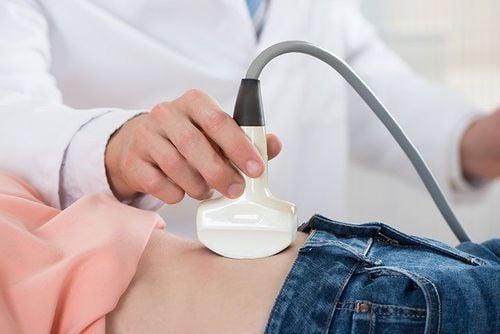
3. The role of appendix ultrasound
Ultrasound of the appendix is one of the most popular imaging methods, widely applied in the detection of appendicitis because of its high accuracy rate (>98%), non-invasive, painless, limbless low fees.Ultrasound of the appendix is performed by a specialist, the doctor will use a high-frequency transducer to press on the painful right lower abdomen to probe, examine and evaluate whether the appendix is inflamed or not. , how much damage.
Specifically, ultrasound of the appendix has the following role:
When pressing the transducer so that the ultrasound will push air in the loops of the small intestine and large intestine to survey and evaluate. Depending on the condition and extent of appendicitis, the doctor will recommend appropriate treatment such as surgery or medication, ...
4. Complications of appendicitis
Appendicitis, if not detected and treated promptly, can cause dangerous complications such as:Ruptured appendix: When the appendix ruptures, it can cause total peritonitis. When the appendix is ruptured, the patient needs emergency surgery to remove the appendix and clean the abdominal cavity. Appendiceal Abscess: When the appendix ruptures, an abscess will form in the abdominal cavity and cause an infection. Patients with appendicitis with complications of an abscess need surgery to drain the pus and take antibiotics to fight the infection. Once the infection is over, the patient can undergo appendectomy, or can also perform drainage of the abscess and appendectomy at the same time.
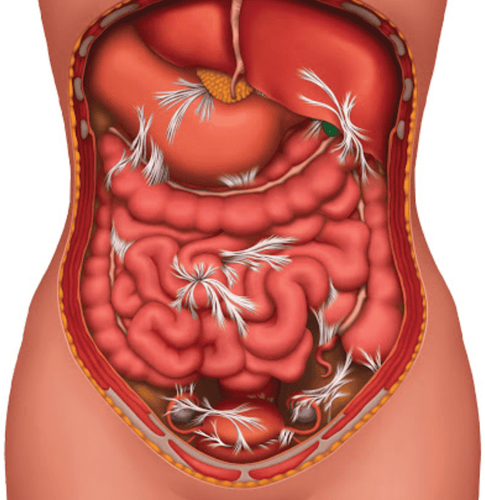
5. How is appendicitis treated?
Usually, appendicitis is treated surgically, i.e. surgically removing the inflamed appendix. Before surgery, however, infection can be prevented by giving the patient antibiotics.5.1 Surgical treatment of appendicitis The surgical treatment of appendicitis by surgical removal of the inflamed appendix includes:
Open surgery: Performing open surgery by making an incision in the abdomen 5 to 10 cm in length and the inflamed appendix is removed. Open surgery is used in cases where the appendix has ruptured and the infection has spread to the outside or the appendix abscess is complicated. Then, open surgery is performed to remove the appendix and clean the abdominal cavity. Laparoscopic surgery: Performing laparoscopic surgery by inserting into the abdomen through a small opening in the abdominal wall a camera for observation, monitoring and equipment to surgically remove the inflamed appendix. Currently, laparoscopic surgery is gradually becoming popular in the treatment of appendicitis because it is less invasive, less painful, and the patient recovers quickly. With these advantages, laparoscopic surgery is suitable for obese or elderly patients. For appendiceal abscesses, drainage of the abscess can be performed before surgery. The drainage technique is performed by placing a tube through the abdominal wall to drain the pus from the abscess, when the appendix ruptures and an abscess forms around the appendix. After drainage and infection control treatment, appendectomy was performed.
5.2 Nonsurgical treatment of appendicitis. According to some studies, uncomplicated cases of acute appendicitis can be treated with antibiotics with a success rate of more than 80-90%. However, the recurrence rate after conservative treatment without surgery after 1 year is quite higher than 30%. Therefore, up to now, laparoscopic appendectomy is still the gold standard for the treatment of acute appendicitis.

For uncomplicated appendicitis in cases where the patient's condition is not warranted for surgery such as: patients with severe coagulopathy, patients with very serious medical conditions that cannot be tolerated. Surgery may consider conservative treatment with antibiotics.
Currently, Vinmec International General Hospital systems have been using modern generations of ultrasound machines. One of them is GE Healthcarecar's Logig E9 ultrasound machine with full options, HD resolution transducers for clear images, accurate assessment of appendicitis as well as diseases related to the appendix. . In addition, a team of experienced doctors and nurses will greatly assist in the diagnosis and early detection of abnormal signs of the body in order to provide timely treatment.
Please dial HOTLINE for more information or register for an appointment HERE. Download MyVinmec app to make appointments faster and to manage your bookings easily.






